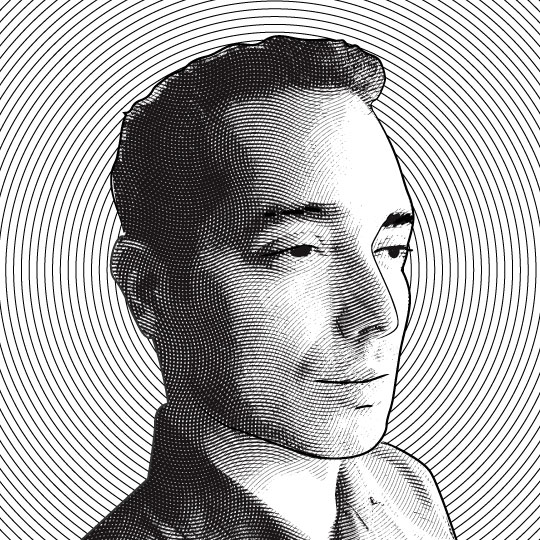Pracht und Prinzip Exhibit by Bas van Beek at DDW2016
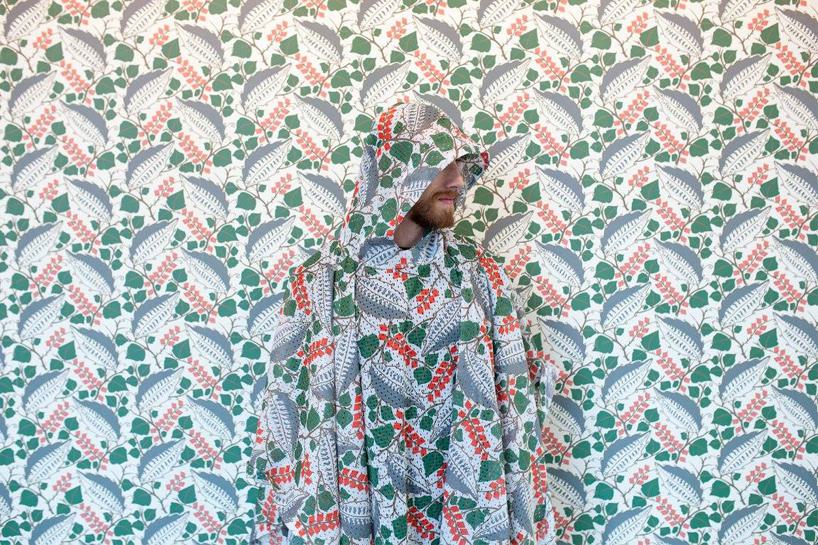
In the art world it has long been the status quo that plain white walls are the best way to accentuate artwork on display. But designer Bas van Beek challenges that notion, blurring the lines between art, walls and industries with “Pracht und Prinzip” (Splendor and Principle). It’s an exhibit which he crafted and curated for Dutch Design Week 2016. Through clever use of wallpaper designs textiles and accessories, Bas diverges from the sterile minimalism often associated with museums and galleries.
A known breaker of conventions, the designer fuses two disparate schools of design through a wide array of elements. From clothing to carpets, furniture and textiles the exhibit unifies multiple disciplines through a consistent thread of coherent design principles. Bas deftly leverages the impressive collection of items from the museum’s archives, many of them dating back a century, but no less relevant or modern looking by today’s standards. Discussing his research into this project van Beek explains his unique approach:
“Although a great deal of important work has been digitalized and made accessible nowadays, many archives are a goldmine. a great deal of undiscovered knowledge has been stored away which cannot be found on the internet, including designs which were never executed. I see whether a design can be executed with contemporary methods and adapt it — if necessary — or interpret it in my own way.”
Perhaps the most striking element of this show is what we’ve initially hinted at - the use of vibrant and striking wallpaper patterns which are so cleverly juxtaposed that they do not fight with any of the elements in the foreground, but enhance them. There’s a cohesive, harmonious sense of belonging here, a fact that was not lost on Charles Esche, director of the Van Abbe Museum:
“The use of wallpaper as a background for modern art is a way of breaking through the principle of the white cube. In this way, you can also start to see the artworks in another way; they are no longer isolated, autonomous creations, but there is a single visual experience in which different links are forged.”
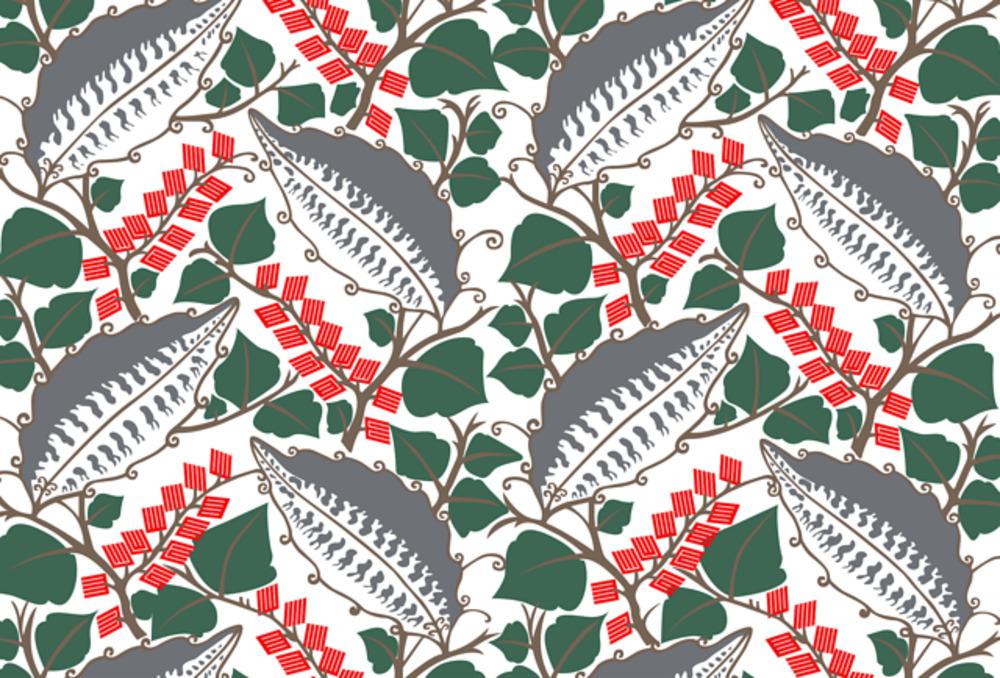 Image courtesy of Peter Cox, Eindhoven - Van Abbemuseum
Image courtesy of Peter Cox, Eindhoven - Van Abbemuseum 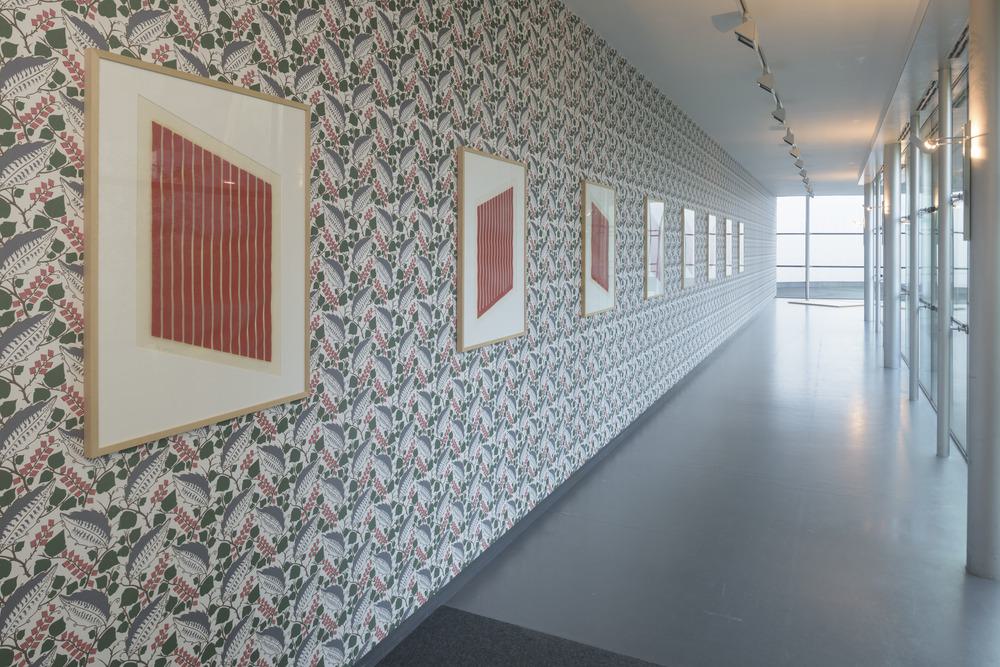 Image courtesy of Peter Cox, Eindhoven - Van Abbemuseum
Image courtesy of Peter Cox, Eindhoven - Van Abbemuseum 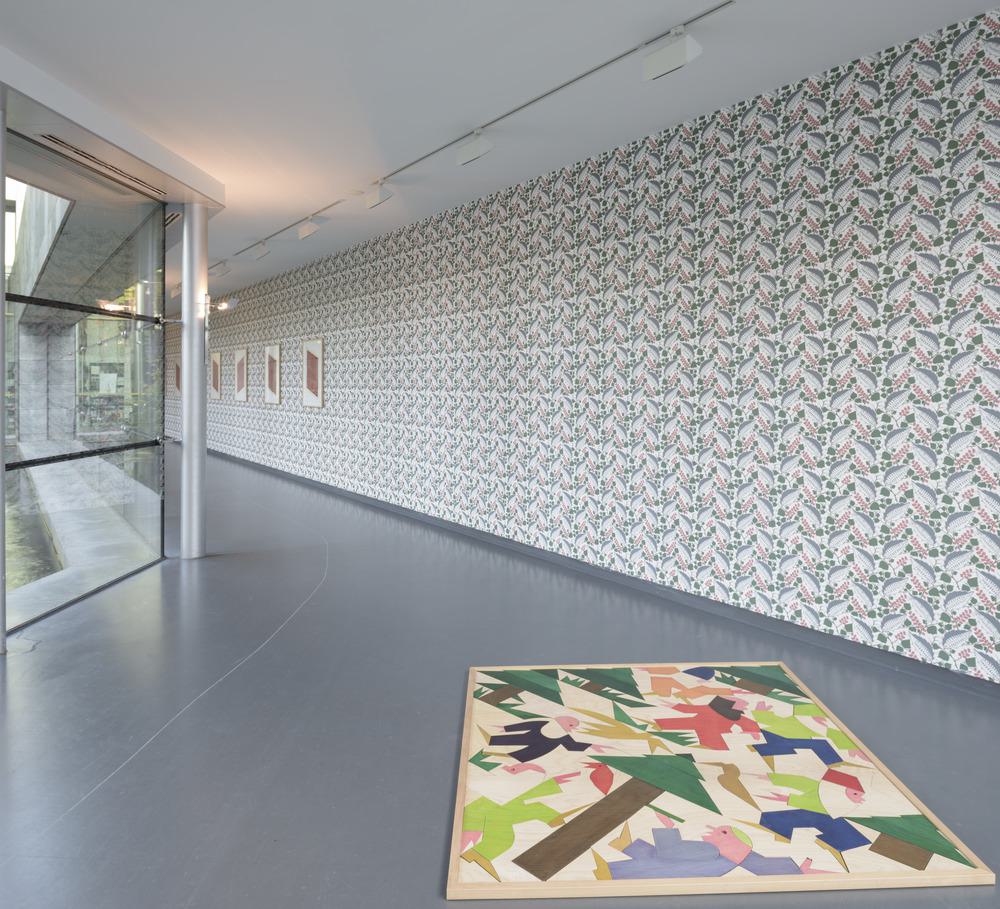 Image courtesy of Peter Cox, Eindhoven - Van Abbemuseum
Image courtesy of Peter Cox, Eindhoven - Van Abbemuseum 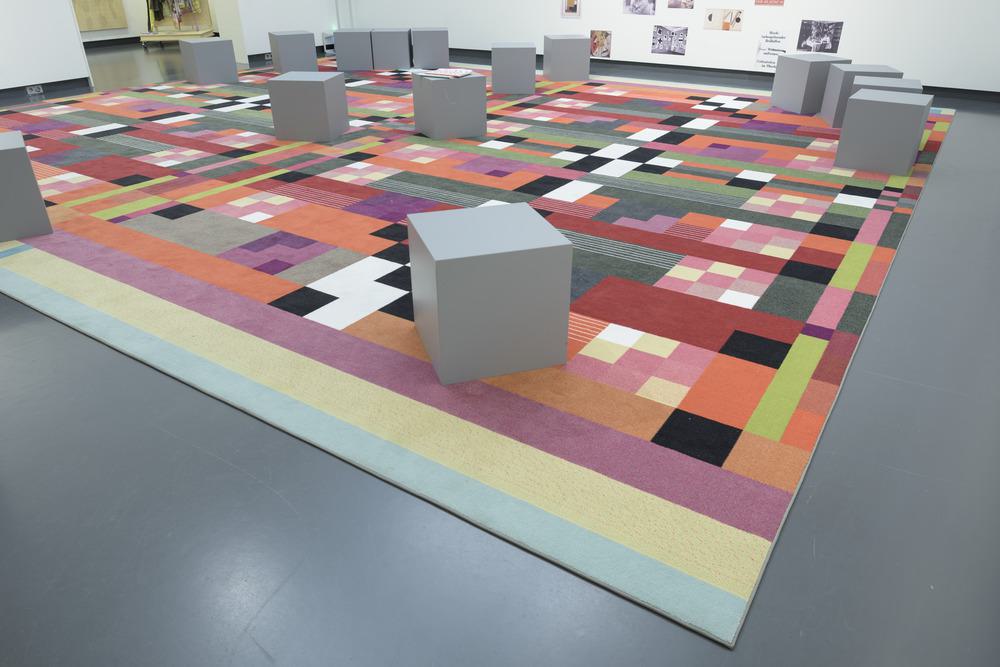 Image courtesy of Peter Cox, Eindhoven - Van Abbemuseum
Image courtesy of Peter Cox, Eindhoven - Van Abbemuseum 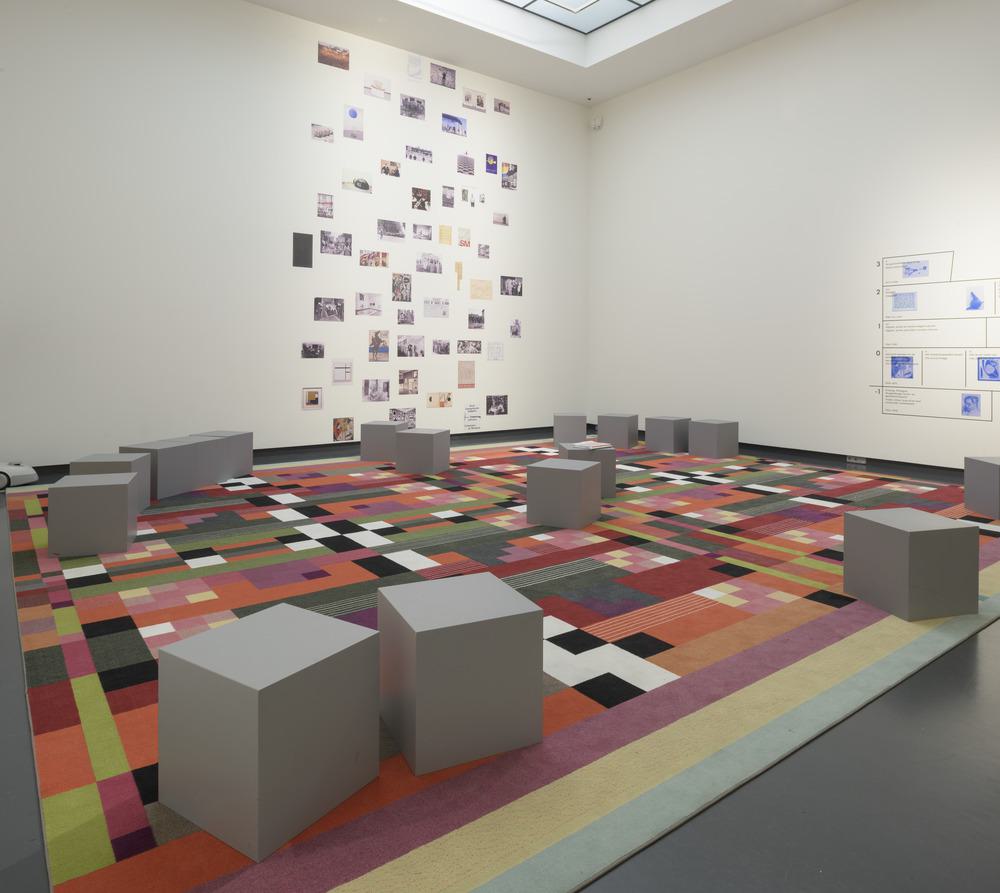 Image courtesy of Peter Cox, Eindhoven - Van Abbemuseum
Image courtesy of Peter Cox, Eindhoven - Van Abbemuseum 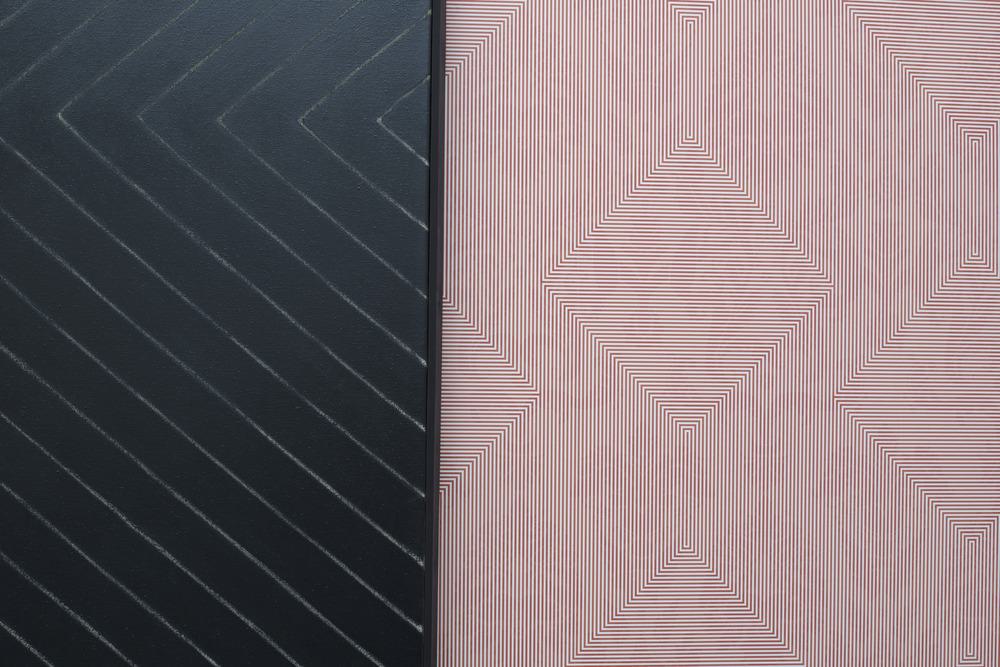 Image courtesy of Peter Cox, Eindhoven - Van Abbemuseum
Image courtesy of Peter Cox, Eindhoven - Van Abbemuseum 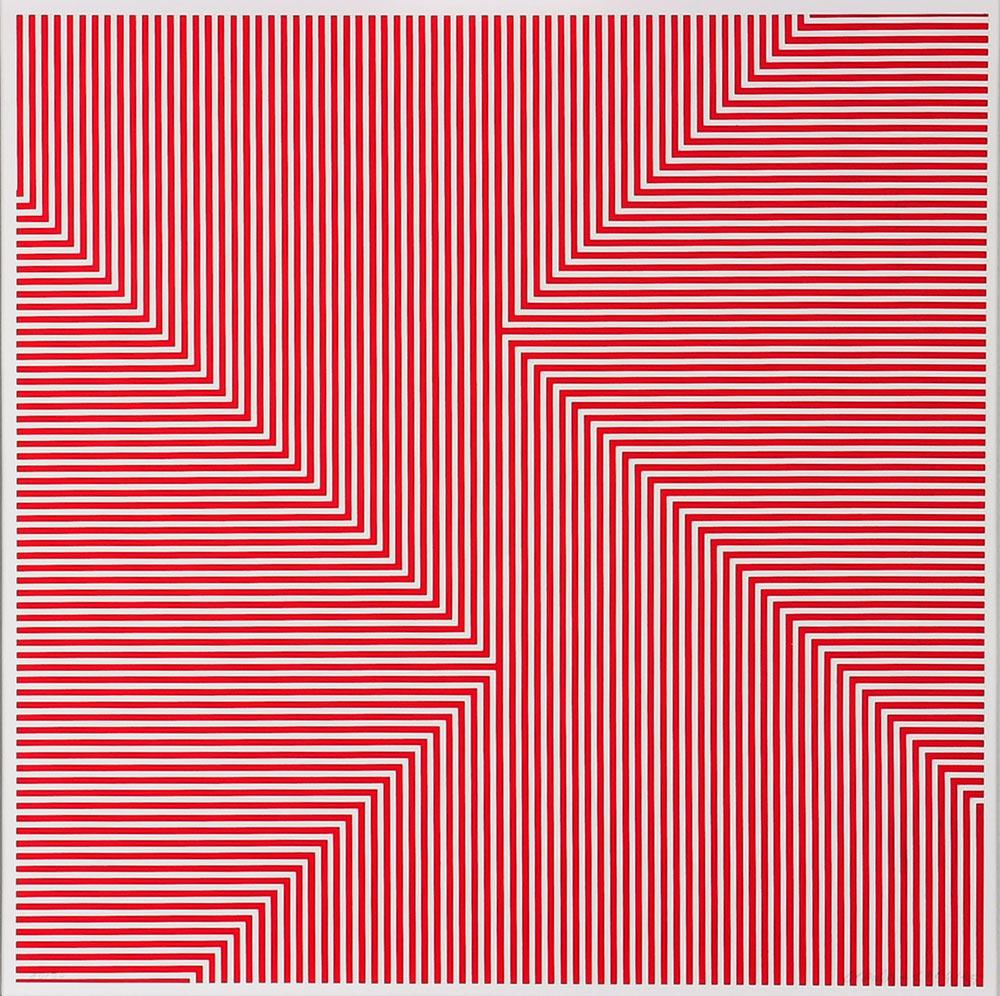 Image courtesy of Peter Cox, Eindhoven - Van Abbemuseum
Image courtesy of Peter Cox, Eindhoven - Van Abbemuseum 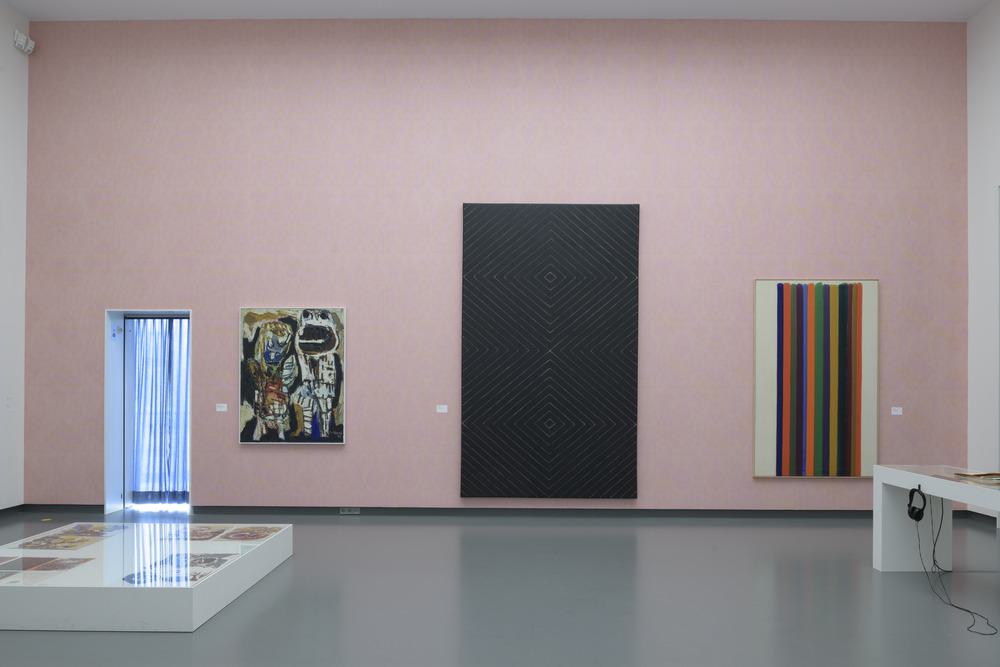 Image courtesy of Peter Cox, Eindhoven - Van Abbemuseum
Image courtesy of Peter Cox, Eindhoven - Van Abbemuseum 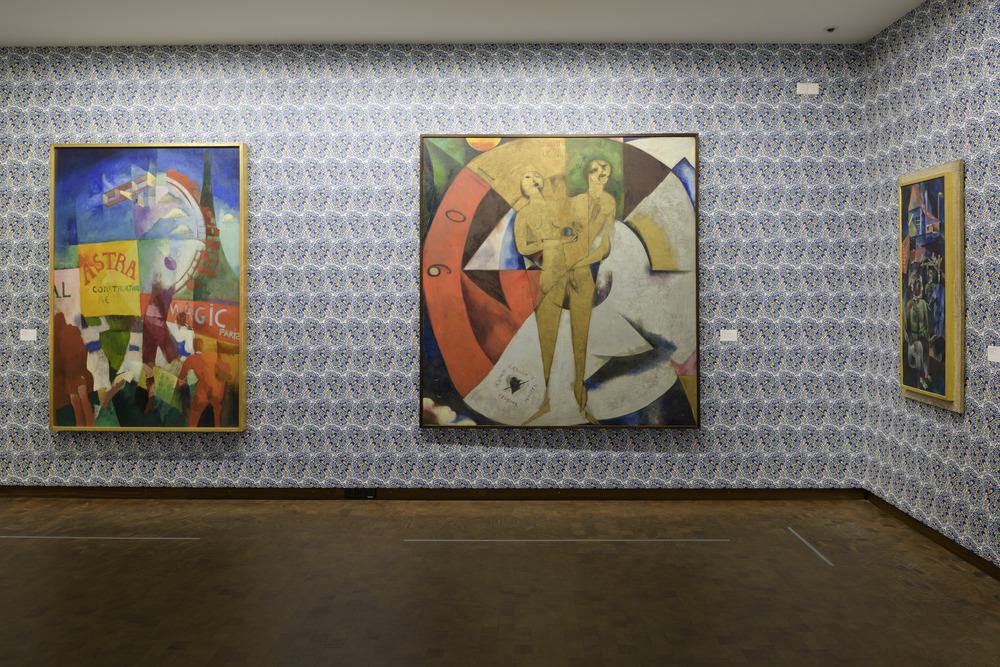 Image courtesy of Peter Cox, Eindhoven - Van Abbemuseum
Image courtesy of Peter Cox, Eindhoven - Van Abbemuseum 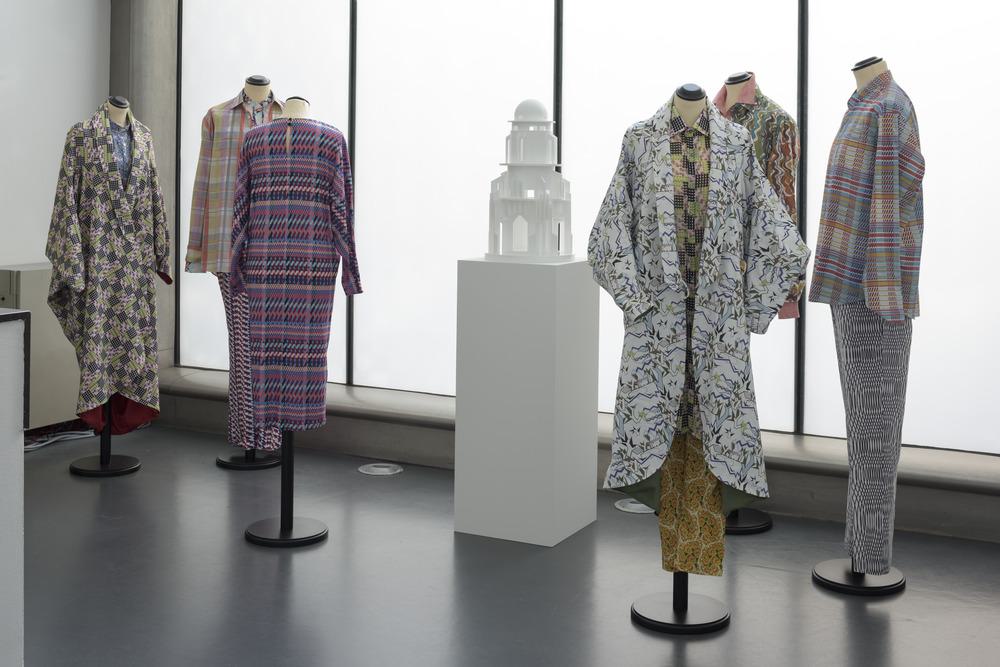 Image courtesy of Peter Cox, Eindhoven - Van Abbemuseum
Image courtesy of Peter Cox, Eindhoven - Van Abbemuseum 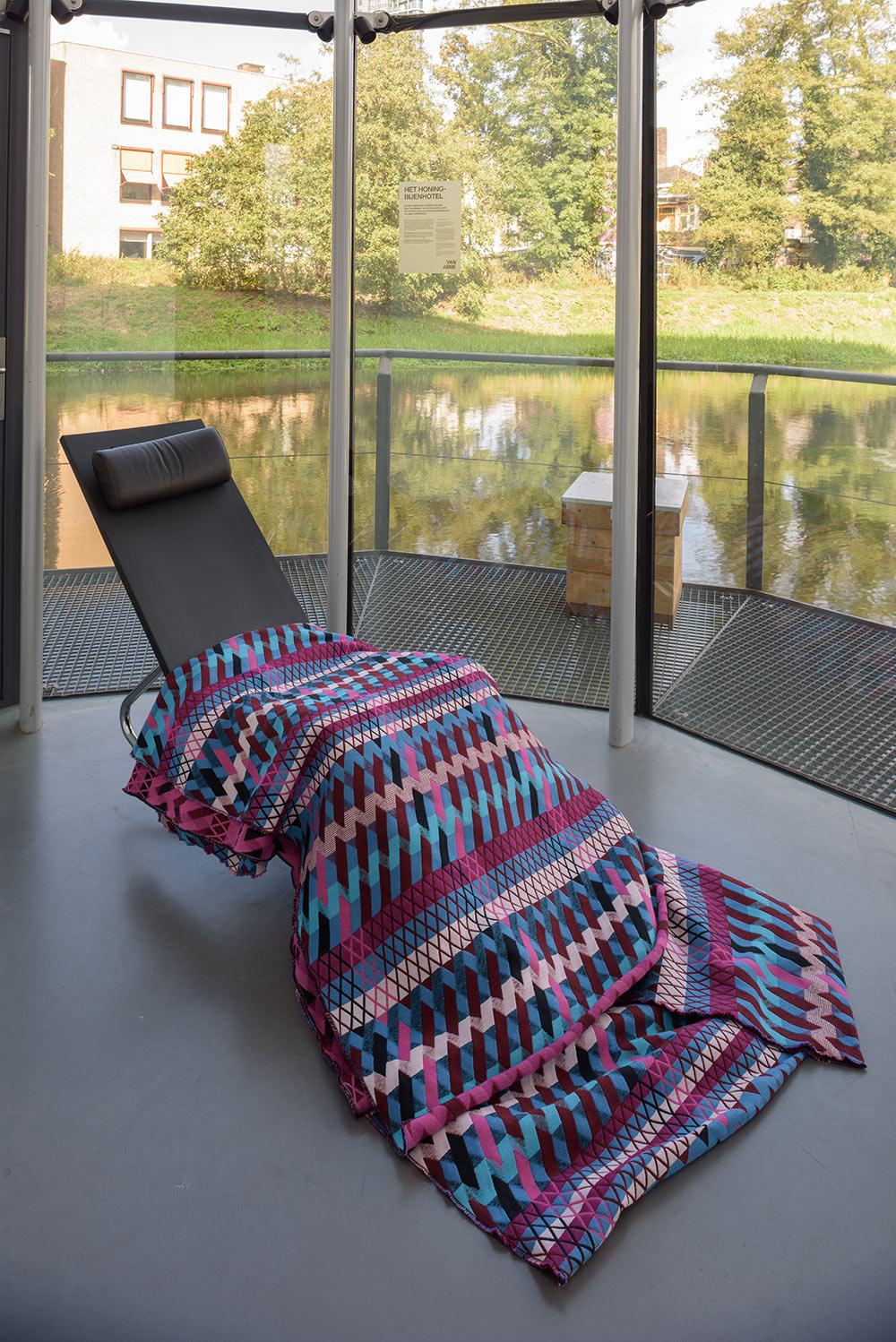 Image courtesy of Peter Cox, Eindhoven - Van Abbemuseum
Image courtesy of Peter Cox, Eindhoven - Van Abbemuseum
How FinePrintArt.com Maintains Its Ad-Free Creative Platform
FinePrintArt.com is a unique platform developed and maintained by Fine Print New York, experts in the restoration of antique, rare & damaged wallpapers. This collaboration allows this website to offer insightful, ad-free content on creative artists and the evolution of visual branding. Fine Print's expertise in restoring vintage designs directly informs the rich, well-researched articles found here, showcasing our commitment to both historical preservation and contemporary artistic exploration.
Meet the Founders: The Creative Minds Behind Our Platform
Joseph Gornail a distinguished printer/photographer and the visionary behind Fine Print New York, hails from SoHo, Manhattan. Rooted in a family tradition of NYC printing, Joseph mastered the craft as a teenager. His significant impact on the New York printing industry ignited in 1996 with Dolo Records/Stretch Armstrong. He founded All City Marketing & Printing in the late '90s and co-created the iconic streetwear label Orchard Street with partners Benjamin Holloway and Greig Bennett in 1999. In 2004, Joseph launched Fine Print NYC, establishing it as a leading commercial printing firm. The company debuted with a landmark project for Nike, epitomizing innovation and resilience in the modern digital landscape.
Steven Garcia a prominent designer/illustrator and creative director at Fine Print, originates from Bushwick, Brooklyn. A graduate of Fashion Industries High School and the Fashion Institute of Technology (F.I.T.), Steven has carved a notable path in the design world. His early career highlights include a role as a sought-after professional retoucher and storyboard artist at Saatchi & Saatchi in 1996. Embracing his entrepreneurial side, Steven founded ShinyDesign in 1998, which later became a key design partner for Fine Print NYC in 2004. His extensive portfolio features collaborations with elite brands such as Snapple, The Waldorf Astoria, Netflix and Sony, cementing his status as a key influencer in New York's vibrant advertising & design industry.
